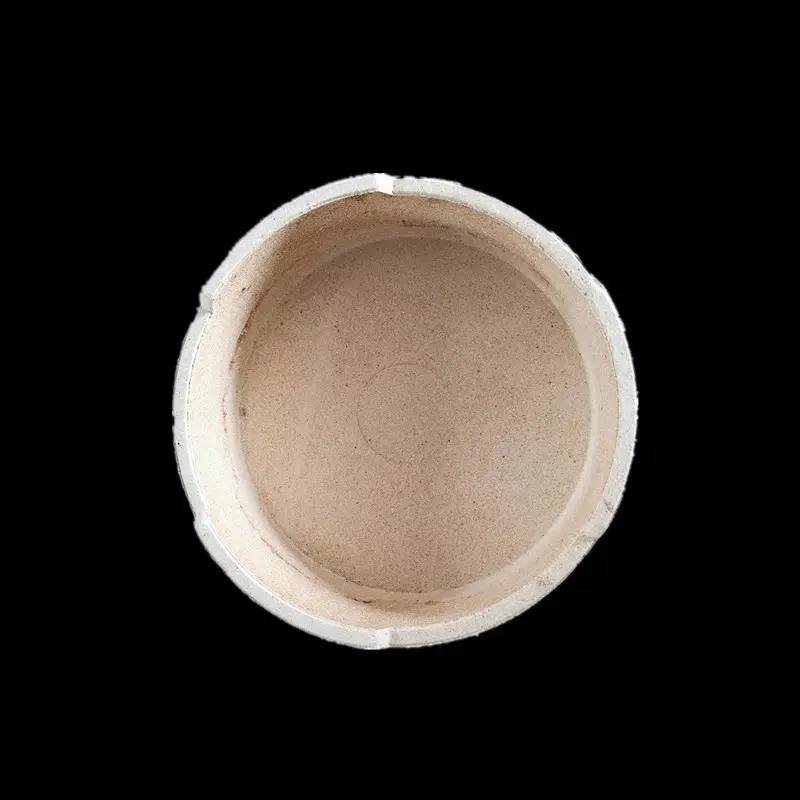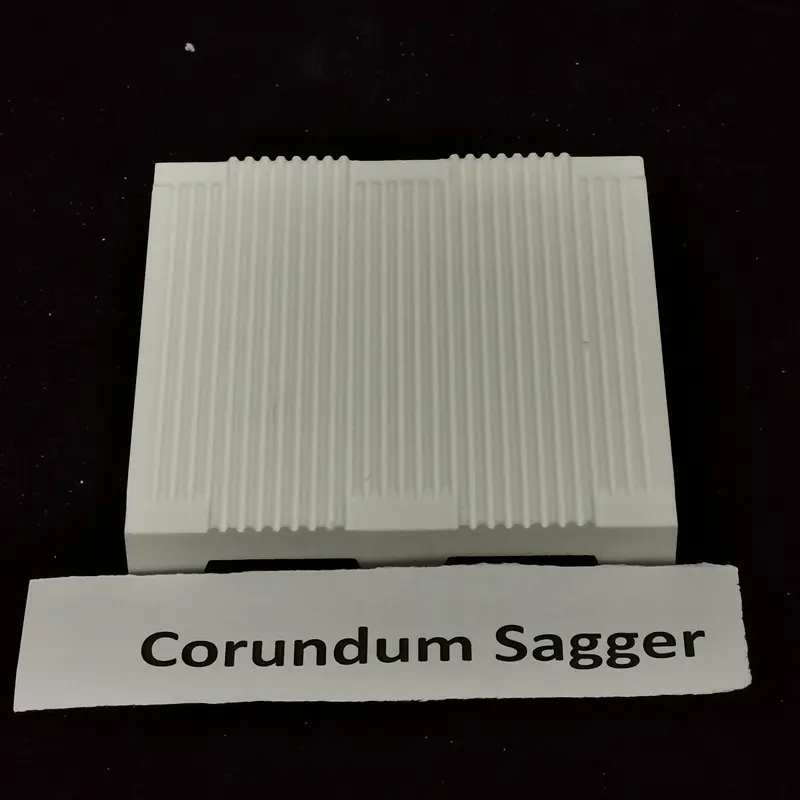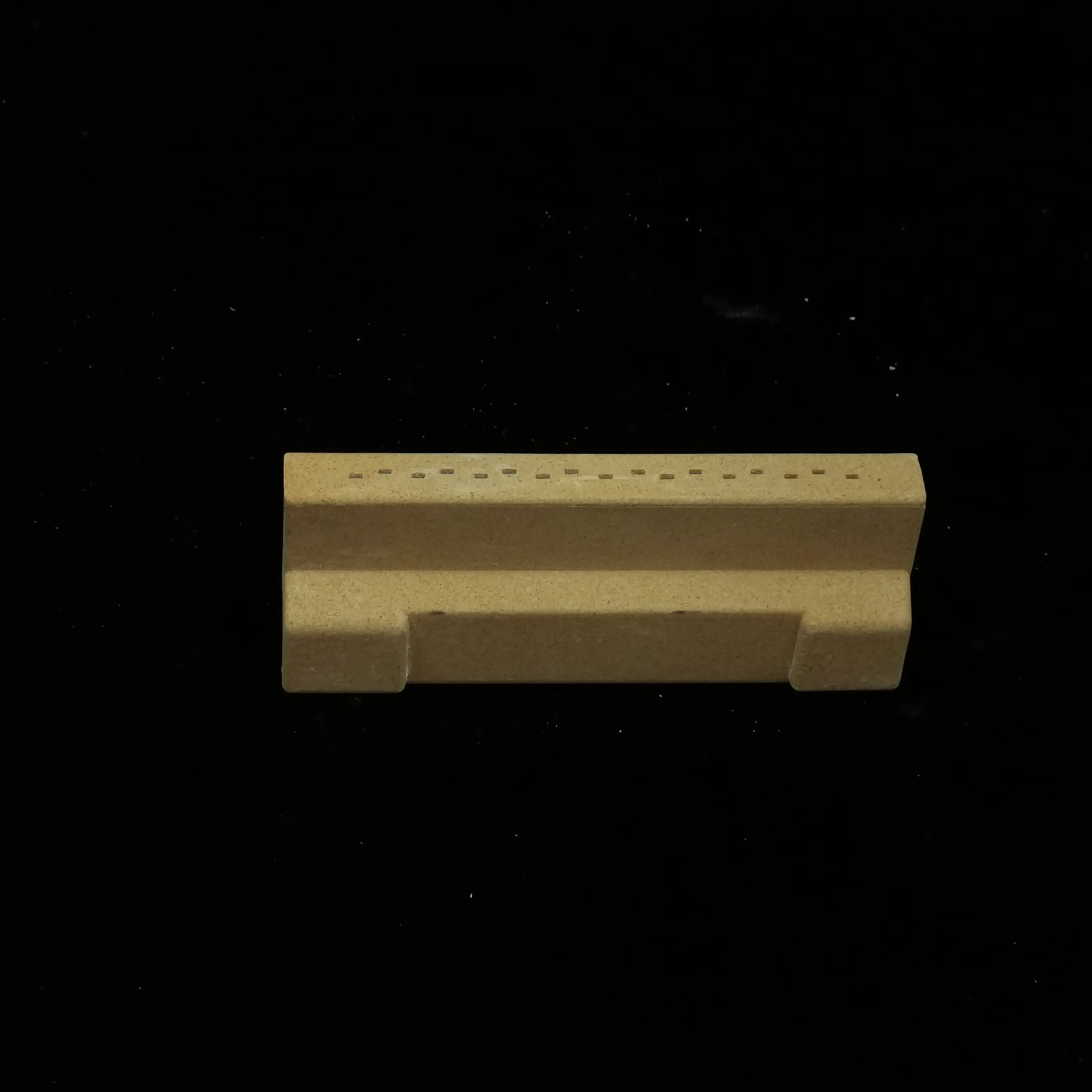High-Performance 99% Alumina Ceramic Saggers for Electronic Material Firing in Kilns
The superior performance of 99% alumina saggers stems from their near-perfect composition, containing a minimum of 99% aluminum oxide (Al₂O₃) with carefully controlled trace elements. This high purity level ensures minimal interaction with sensitive electronic materials during firing processes that typically range from 1400°C to 1650°C. The material's intrinsic properties include an extremely high melting point (2050°C), outstanding thermal shock resistance, and exceptional mechanical strength that persists even at peak firing temperatures. These characteristics make 99% alumina saggers particularly valuable for applications requiring precise dimensional control and contamination-free environments.
One of the most critical advantages of 99% alumina saggers is their remarkable chemical stability. Unlike lower-purity alternatives, these saggers demonstrate virtually no reactivity with most electronic material formulations, including barium titanate-based dielectrics, zinc oxide varistors, and rare-earth doped phosphors. This inertness is crucial for maintaining the exact stoichiometry of advanced electronic ceramics, where even minute contamination can significantly alter electrical properties. The dense microstructure of 99% alumina (with porosity typically below 1%) further prevents gas permeation and minimizes interaction with firing atmospheres.
Thermal management represents another key benefit of 99% alumina saggers. Their moderate thermal conductivity (approximately 30 W/m·K at room temperature) ensures even heat distribution throughout the firing process, while the material's low thermal expansion coefficient (8.4 × 10⁻⁶/°C) provides excellent dimensional stability during rapid temperature changes. This combination is particularly valuable in modern fast-firing processes where heating rates may exceed 200°C per minute. The saggers' ability to withstand repeated thermal cycling without degradation significantly extends service life compared to lower-grade alternatives.
In practical kiln applications, 99% alumina saggers demonstrate superior mechanical performance. With a room temperature flexural strength exceeding 300 MPa and a hardness of 15 GPa (HV), these containers can support substantial loads while resisting deformation at high temperatures. This robustness allows for efficient stacking configurations in tunnel kilns, maximizing production capacity without compromising product quality. The material's wear resistance also minimizes particle generation that could contaminate sensitive electronic components during handling and firing.
The manufacturing process of 99% alumina saggers involves sophisticated techniques to ensure optimal performance. Advanced forming methods such as isostatic pressing or slip casting produce saggers with uniform density and precise dimensional tolerances. High-temperature sintering at temperatures approaching 1700°C develops the fully dense microstructure essential for high-performance applications. Post-processing steps including precision machining and surface polishing further enhance the saggers' performance characteristics.
Compared to alternative kiln furniture materials, 99% alumina saggers offer distinct advantages. While zirconia-based containers provide higher fracture toughness, they suffer from phase instability at certain temperature ranges and come at significantly higher cost. Silicon carbide saggers, though offering excellent thermal conductivity, pose contamination risks for many electronic materials. Lower-purity alumina saggers (90-95% Al₂O₃) may be more economical but lack the chemical purity and long-term stability required for premium electronic applications.
In industrial settings, the use of 99% alumina saggers translates to measurable production benefits. Their extended service life (often 100-150 firing cycles for demanding applications) reduces downtime and replacement costs. The improved batch-to-batch consistency they enable helps manufacturers maintain tight tolerances on critical electronic components. Energy efficiency gains are also realized due to the material's optimal thermal mass and heat transfer characteristics.
Recent advancements in 99% alumina sagger technology include the development of composite formulations with enhanced properties. Some manufacturers now incorporate controlled microstructures with graded porosity to optimize both strength and thermal shock resistance. Others have introduced surface treatments that further reduce sticking tendencies with certain electronic materials. These innovations continue to expand the applications of 99% alumina saggers in emerging electronic technologies.
Quality control measures for 99% alumina saggers are exceptionally rigorous, reflecting their use in critical applications. Comprehensive testing protocols typically include dimensional verification, density measurements, thermal shock resistance evaluations, and contamination potential assessments. Many manufacturers employ statistical process control methods throughout production to ensure consistent quality across batches.
As electronic devices continue to advance toward higher performance and miniaturization, the demands on firing processes and kiln furniture intensify accordingly. 99% alumina saggers are well-positioned to meet these challenges, offering the purity, precision, and reliability required for next-generation electronic material production. Their unique combination of properties makes them indispensable for manufacturers seeking to push the boundaries of electronic component performance while maintaining production efficiency and yield.
The future of 99% alumina sagger technology points toward even greater specialization, with custom formulations being developed for specific electronic material systems. Research into nano-structured alumina composites promises further improvements in mechanical strength and thermal performance. As the electronics industry continues to evolve, 99% alumina saggers will undoubtedly remain at the forefront of high-temperature processing solutions, enabling the production of increasingly sophisticated electronic materials and devices.





